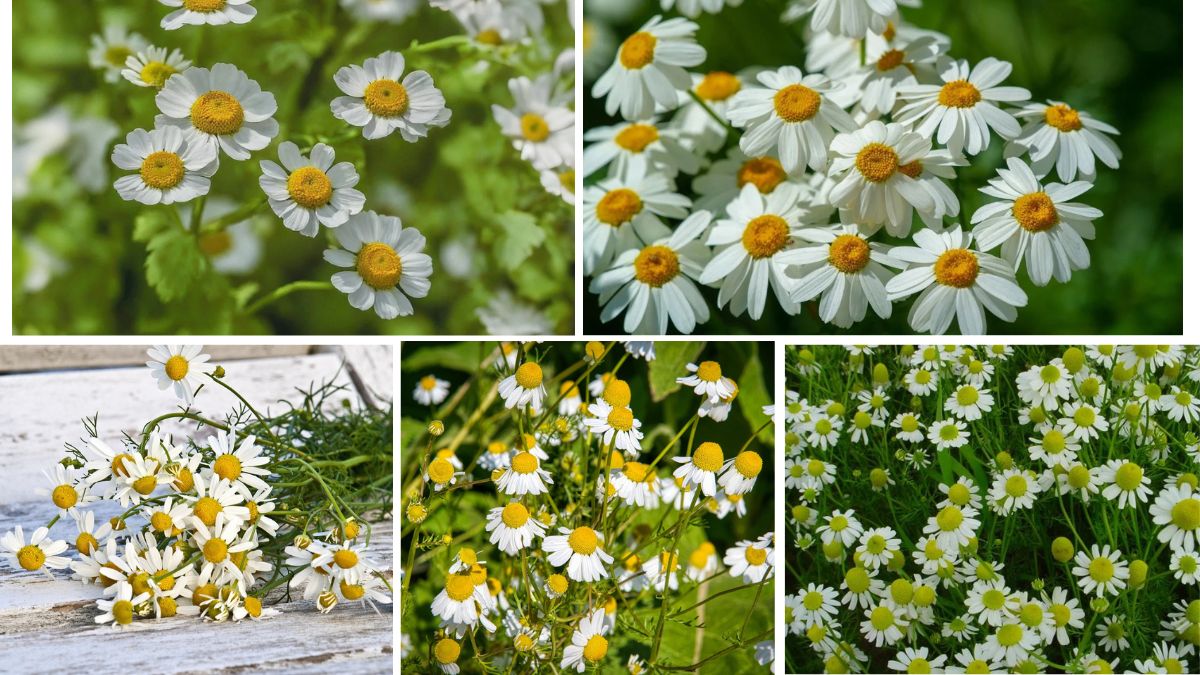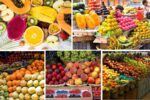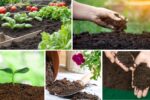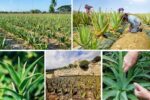Chamomile, long cherished for its calming effects and medicinal properties, is experiencing a renaissance in global agriculture. As we step into 2025, this humble herb—traditionally used in teas, oils, and skincare—is now commanding increased interest from farmers, entrepreneurs, and wellness industries alike. Its growing demand in pharmaceuticals, cosmetics, and organic wellness markets makes chamomile farming a potentially lucrative and sustainable agricultural endeavor.
This article explores the evolving landscape of chamomile farming, outlining the latest trends, country-specific insights, yield expectations, cultivation tips, and the economic potential of this fragrant botanical in 2025.
Chamomile at a Glance
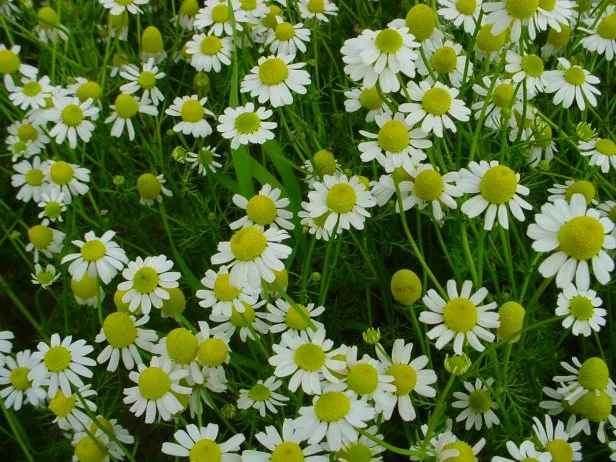
Chamomile (commonly Matricaria chamomilla or Chamaemelum nobile) is a flowering plant in the daisy family. Two primary species are cultivated:
- German Chamomile (Matricaria chamomilla): An annual plant, known for higher oil content.
- Roman Chamomile (Chamaemelum nobile): A perennial plant, often used for ground cover and essential oil production.
Both species contain apigenin, a powerful flavonoid with anti-inflammatory, antioxidant, and mild sedative effects—making chamomile highly desirable in natural remedy markets.
Global Demand Trends in 2025
The global herbal product market is expected to reach USD 600 billion by 2025, with chamomile-based products seeing a CAGR of 8-10%. Its applications are expanding in:
- Pharmaceuticals (anti-anxiety, digestive aid, anti-inflammatory products)
- Skincare & Cosmetics (creams, oils, toners)
- Wellness Beverages (herbal teas, infused water, supplements)
- Natural Pet Care (calming sprays, herbal mixes)
Countries witnessing a significant uptick in consumption include Germany, the United States, Japan, China, and India. With rising health awareness and demand for chemical-free products, chamomile’s global profile is higher than ever.
Top Chamomile Producing Countries in 2025
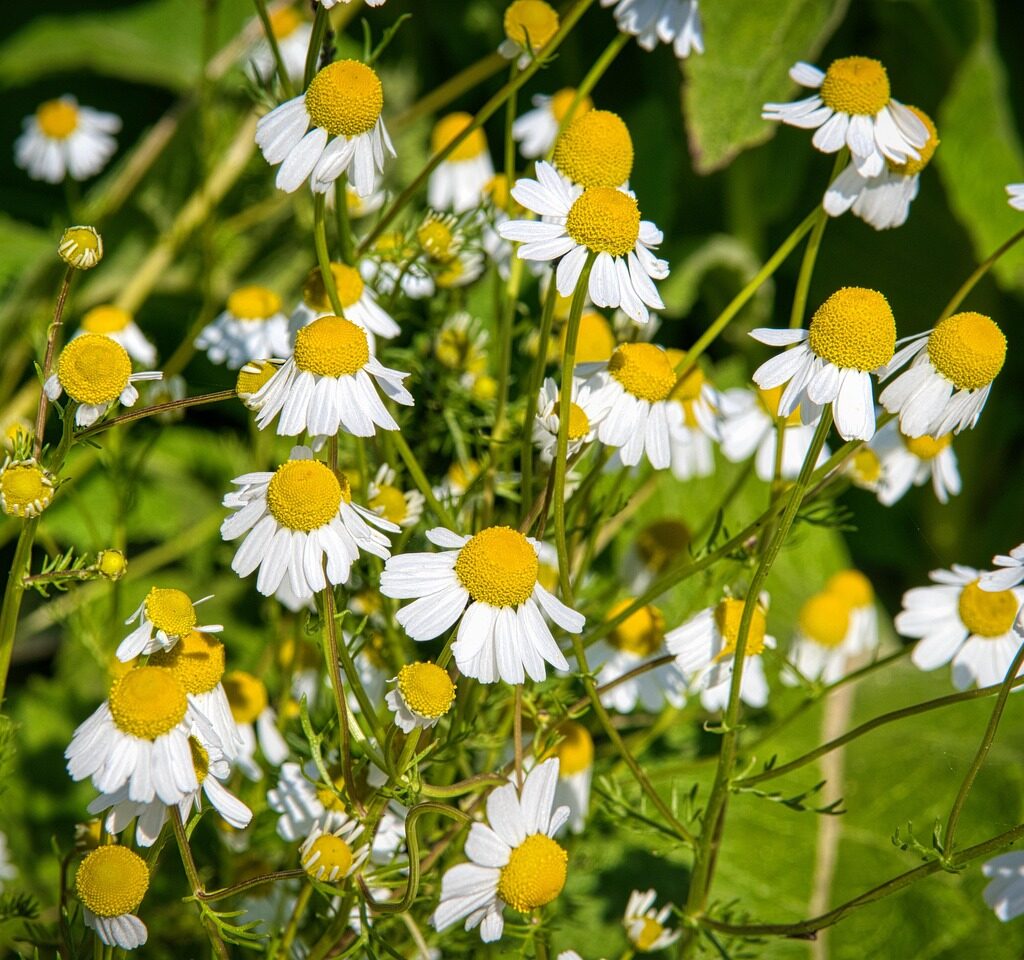
1. Egypt
- Production Advantage: Arid climate suits chamomile; low labor costs.
- Export Focus: Germany, Poland, USA.
- Key Insight: Egyptian chamomile accounts for nearly 20% of global exports, valued for its high essential oil content.
2. India
- Regions: Uttar Pradesh, Punjab, Rajasthan, Himachal Pradesh.
- Farming Model: Integrated into organic and ayurvedic farming schemes.
- Key Insight: Government support and research through ICAR boost India’s potential to become a leader in both domestic use and exports.
3. Germany
- Market Role: One of the world’s largest consumers and processors of chamomile.
- Farming: Cultivated under contract farming in organic zones.
- Key Insight: Maintains high-quality standards and invests heavily in sustainable practices and herbal research.
4. Argentina
- Strength: Emerging as a low-cost producer with a suitable climate.
- Export Direction: Europe and Latin America.
- Key Insight: Growing reputation for organically certified chamomile.
5. Poland
- Niche: Leader in dried herb production for tea blends and phytopharmaceuticals.
- Key Insight: Emphasis on cold-hardy varieties and efficient mechanical harvesting techniques.
Economic Outlook: Profit Potential in 2025
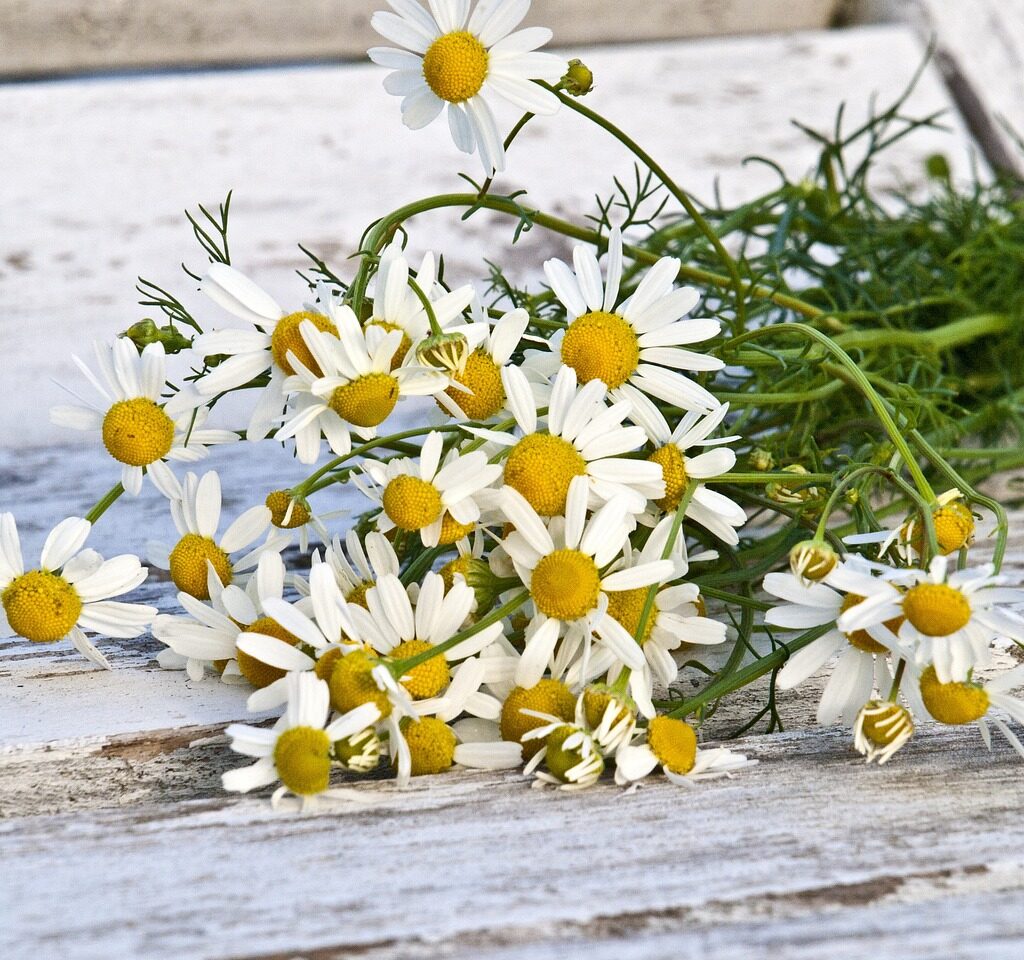
Chamomile farming is increasingly profitable due to:
- High demand-to-supply ratio
- Short growth cycle (60–90 days for German Chamomile)
- Diverse market options (fresh flowers, dried flowers, essential oils)
Profit Estimation (Per Hectare):
| Country | Yield (kg dried flowers/ha) | Revenue (USD) | Profit Margin (%) |
|---|---|---|---|
| Egypt | 1,500 – 2,000 | $3,000 – $4,500 | 50–60% |
| India | 1,200 – 1,800 | $2,500 – $3,500 | 45–55% |
| Germany | 1,000 – 1,500 | $4,000 – $5,000 | 35–45% |
| Argentina | 1,300 – 1,700 | $2,800 – $3,800 | 50–60% |
Note: Prices vary depending on oil content, organic certification, and drying quality.
Farming Best Practices for 2025
- Soil Requirements:
- Prefers well-drained loamy or sandy soils.
- pH: 5.6–7.5.
- Avoid waterlogging; raised beds recommended in humid zones.
- Climate:
- Requires moderate sunlight (6–8 hours/day).
- Thrives in temperate and semi-arid regions.
- Sowing & Harvesting:
- German chamomile: Direct seeding or nursery transplanting.
- Harvesting occurs when flower heads are fully open.
- Mechanical harvesters reduce cost in large farms.
- Drying and Storage:
- Dried at 35–45°C to preserve oil content.
- Stored in airtight, shaded environments to retain aroma.
- Pest & Disease Management:
- Aphids, powdery mildew, and leaf blight are common threats.
- Organic neem oil and companion planting help minimize pesticide use.
Innovation & Tech Integration

1. Essential Oil Distillation Units
On-site steam distillation setups are now available in portable models, increasing value addition and helping small farmers capture higher margins.
2. AI and Satellite Monitoring
Advanced farms use AI to monitor:
- Soil moisture
- Flowering patterns
- Pest outbreaks
3. Blockchain in Supply Chain
Used in Germany and Poland to ensure traceability and organic certification, enhancing global buyer confidence.
Government & Institutional Support
India:
- AYUSH Ministry promoting medicinal herb cultivation under subsidy schemes.
- State-level subsidies for organic chamomile cultivation in Rajasthan and UP.
Europe:
- EU Organic Certification grants offer incentives for growers in Poland, Bulgaria, and Romania.
Africa:
- Egypt and Morocco receive international funding to scale organic herb farming and modernize drying techniques.
Challenges Facing Chamomile Farmers
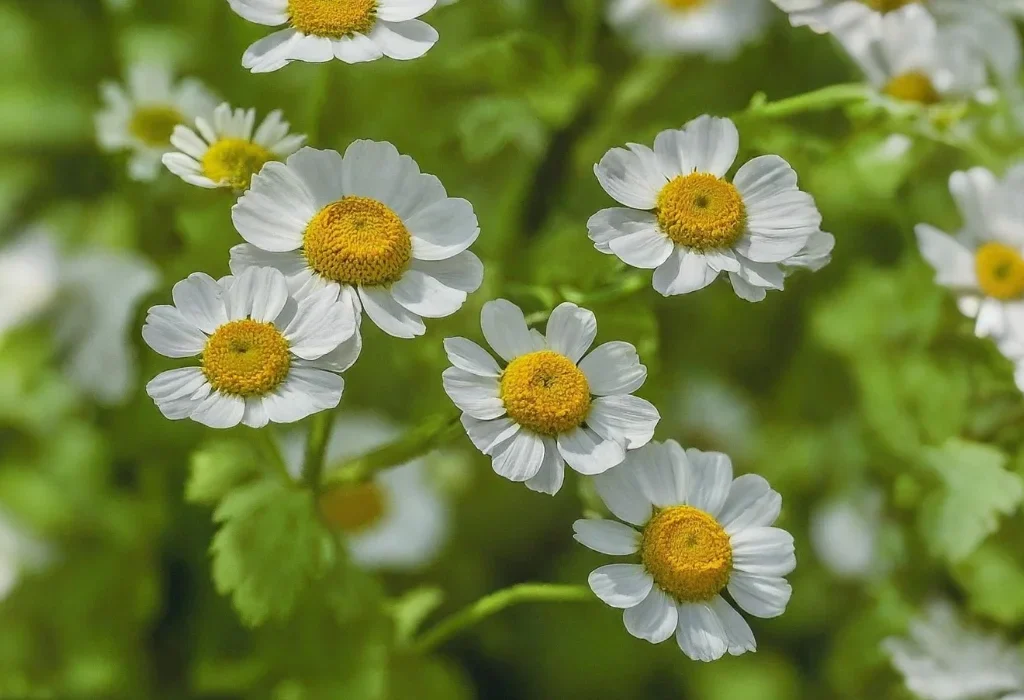
- Price volatility due to oversupply in some years.
- Lack of standardization in quality in emerging markets.
- Limited local processing infrastructure in countries like India and Argentina.
- Threats from climate change, especially affecting rainfed crops.
Future Outlook for 2025 and Beyond
The future of chamomile farming looks promising with:
- Expansion into new geographies (e.g., Kenya, South Africa, Vietnam)
- Increasing demand for organic and fair-trade certification
- Rising investment in processing and R&D
Key Insight:
Chamomile’s short cultivation period, high adaptability, and growing demand across sectors make it an ideal cash crop for both smallholders and large farms.
Conclusion
In 2025, chamomile is more than just a calming tea ingredient—it is a global agricultural opportunity. With rising demand in wellness, beauty, and natural healthcare, chamomile farming stands at the intersection of profitability and sustainability. By adopting modern practices, ensuring quality control, and tapping into global demand trends, farmers and investors can unlock the full potential of this aromatic herb.
For those looking to venture into herbal farming, chamomile offers a fragrant path toward a profitable and purpose-driven future.
